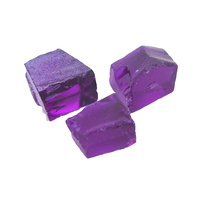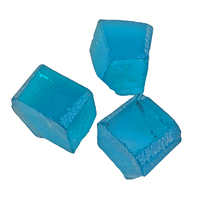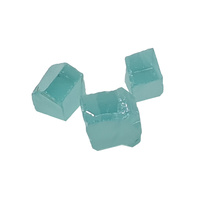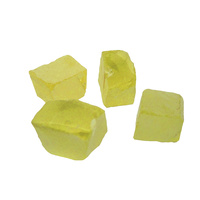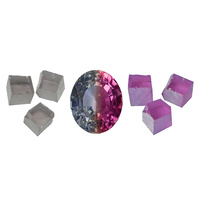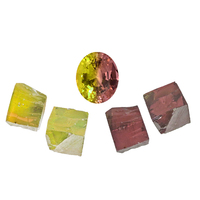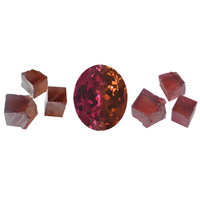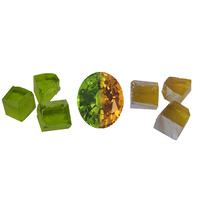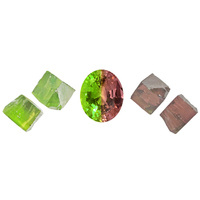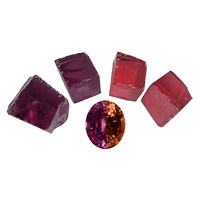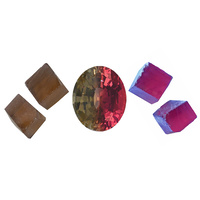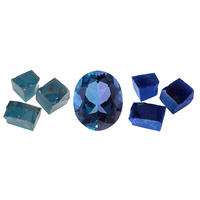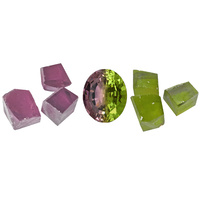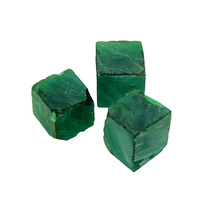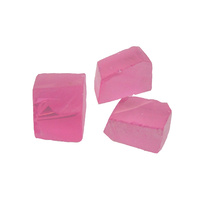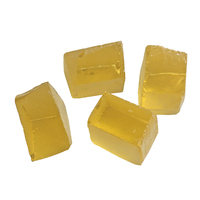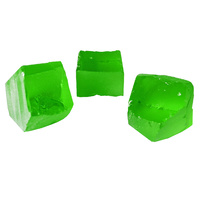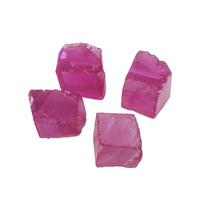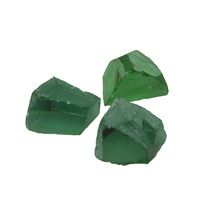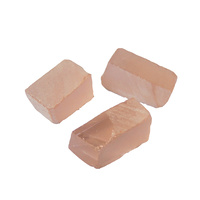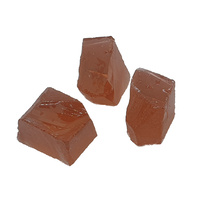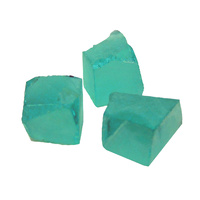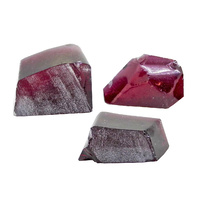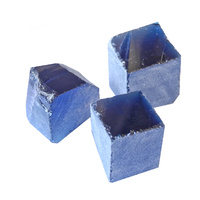Nanosital Faceting Rough
Main characteristics of Nanosital
-
Nanosital's specific gravity index is very close to that of the most valuable gemstones such as topaz, sapphire, ruby and aquamarine.
-
Nanosital and the optical properties of the most popular colour gemstones are almost similiar. Nanosital's main feature is its lack of an unnaturally strong lustre, which is typical of cubic zirconia, wherein the play of colours remains attractive.
-
Nanosital's hardness (7 on Mohs scale) guarantees jewellery durability without the loss of its original look. The Nanosital hardness index (7) is higher than glass (5), but lower than one of the hardest materials – corundum (9).
-
Its high melting point allows the use of any colored Nanosital in lost-wax casting.
-
Color and transparency - wide colour range, full correspondence to natural analogue, perfect optical properties, total transparency and absence of inner defects.
COMPARISON CHART OF PHYSICAL AND OPTICAL PROPERTIES
|
PHYSICAL PROPERTIES |
GLASS |
CUBIC ZIRCONIA |
QUARTZ |
NANOSITAL |
TOPAZ |
CORUNDUM |
|
Mohs hardness scale |
5 - 5.5 |
8 – 8.5 |
7 |
7 |
8 |
9 |
|
Refractive index |
1.45 - 1.54 |
2.17 |
1.54 |
1.65 – 1.7 |
1.62 |
1.76 |
|
Specific gravity |
2.2 - 2.6 |
5.9 – 6.3 |
2.65 |
3.5 – 4 |
3.56 |
3.99 |
|
Dispersion (play of colours) |
0.005 - 0.007 |
0.060 |
0.013 |
0.015 |
0.014 |
0.018 |
|
Melting point, °C |
600 - 700 |
2800 |
1700 (crystalline structure breakdown occurs at 570 °C) |
1700 |
1800 |
2050 |

